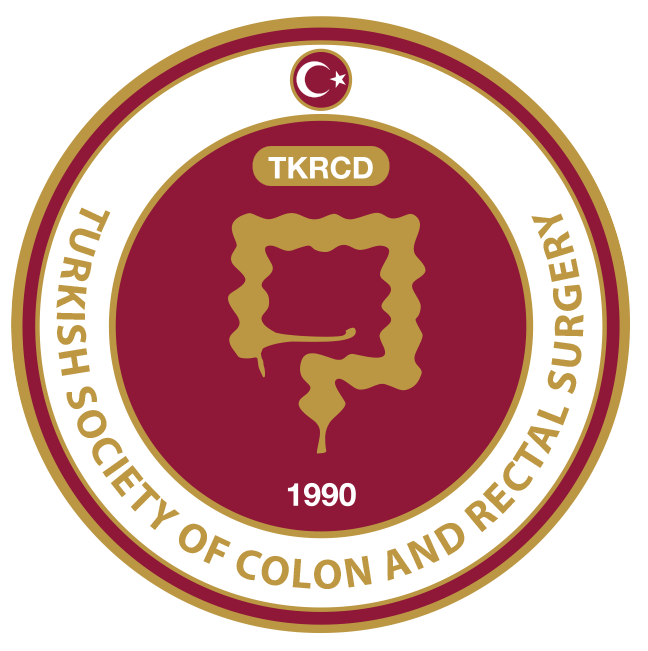ABSTRACT
Colonoscopy, in our days, is the gold standard method for the detection of colorectal pathologies. This method is used both for diagnosis, treatment and follow-up.
Method:
In this study, 983 lower gastrointestinal (GIS) endoscopies that were performed from the years 2004 to 2007 were examined retrospectively from the forms that were filled out for each patient for the demographic characteristics of the patients, the findings of the endoscopy, the diagnostic and therapeutic practice, and the complications.
Results:
Of the 983 patients 461(46.9%) were female and 522 (53.1%) were male. The average age was 53.6 ± 12.8 (16-92). Of the lower gastrointestinal endoscopies that were performed, 53.7% were colonoscopy, 2.4% were colonoscopy from a stoma and 43.8% were flexible rectosigmoidoscopy. Normal colonoscopy, polyp(s), colorectal cancer, benign anorectal pathology, and diverticulosis was encountered in 54.3%, 17.8%, 10.7%, 8.3%, 5.3% of the colonoscopies that were performed respectively. Complications (perforation) developed in only two of the patients after lower GIS endoscopy.
Discussion:
Colonoscopy is a method that is widely used in the diagnosis and treatment of many of the diseases of the gastrointestinal tract. When it is considered that many of the patients who apply to our clinic present with lower gastrointestinal symptoms like anal hemorrhage or constipation, it is never to be forgotten that these symptoms may be related to colorectal carcinoma as well as benign anorectal pathologies. Any treatment that will be given to the patient without further investigation may cause a delay in the diagnosis of colorectal carcinoma. In the literature, complications like bleeding (0.24%-0.33%) and perforation (0.08%-0.19%) were reported after colonoscopy. In our series of 983 patients, there were no significant complications except two colonic perforations. This study shows that lower gastrointestinal endoscopy can be safely performed by general surgeons. We believe that, cases like colorectal carcinomas which require colorectal surgery and the followup cases that were subjected to colorectal surgery must be particularly examined by or under the supervision of their surgeons who will perform or have performed the surgery.



